Welding, as a crucial technology for joining metal materials in human history, has existed almost as long as the use of metals themselves. From primitive manual forge welding to modern high-precision automated processes, the evolution of welding technology not only documents humanity’s exploration of materials science but has also profoundly propelled the advancement of industrial civilization. The following journey—from ancient prototypes to modern systems—reveals how welding technology has spanned millennia to become the cornerstone of modern manufacturing. The origins of welding can be traced back to ancient metalworking practices, with its earliest forms, such as forge welding and brazing, emerging around 3000 BCE.
Ancient Welding Prototypes: The Origin and Development of Forge Welding (3000 BCE – 1st Century BCE)
During the early stages of human civilization, between 3000 BCE and the 1st century BCE, welding technology quietly emerged and evolved in a primitive yet distinctive form: forge welding. Its origins can be traced to ancient Egypt and Mesopotamia (modern-day Iraq), where craftsmen demonstrated extraordinary ingenuity and creativity, pioneering a new chapter in metal joining.
Forge welding, as the name suggests, involves heating metals to a red-hot state and then hammering them to bond the components tightly. This process required not only precise temperature control but also exceptional skill and extensive experience. In ancient Egypt, craftsmen used forge welding to join iron or bronze components, crafting tools, weapons, and intricate decorative items. These artifacts not only showcased the sophistication of metalworking at the time but also became symbols of ancient civilizations’ wisdom and creativity.
Similarly, in Mesopotamia, forge welding saw widespread application and refinement. Craftsmen continuously experimented and innovated, advancing the technique in terms of joint strength and precision. These improvements not only fueled local metalworking industries but also laid a solid foundation for the future development of welding technologies.
As the earliest prototype of welding, forge welding reflected humanity’s deep understanding and masterful utilization of metal properties, as well as the spirit of exploration and innovation among ancient artisans. Its birth and development undoubtedly marked a pivotal milestone in the history of human civilization.
Differences Between Forge Welding and Modern Welding
- Process Principles and Operational Methods
- Forge Welding: A solid-state welding technique that involves heating metal to a plastic state and applying pressure (e.g., hammering) to achieve bonding through atomic diffusion and plastic deformation. It relies on thermo-mechanical coupling and does not require metal melting.
- Modern Welding: Primarily uses fusion welding methods, where localized melting is induced by heat sources (e.g., electric arc, laser, or electron beam). The molten pool solidifies to form the joint, while some techniques (e.g., brazing) employ lower-melting-point filler materials.
- Applicable Materials and Joint Types
- Forge Welding: Best suited for ductile metals like low-carbon steel and copper alloys, particularly for joining pipes and rods. Common joint types include scarf and butt joints, requiring strict control over heating uniformity and pressure.
- Modern Welding: Applicable to nearly all metals and some non-metallic materials. Joint configurations (butt, lap, fillet, etc.) are more diverse, and automated systems enable high-precision welding of complex structures.
- Equipment and Process Control
- Forge Welding: Relies on traditional forging tools (e.g., power hammers, hydraulic presses). Process parameters (temperature, pressure) are manually adjusted based on experience, resulting in lower production efficiency.
- Modern Welding: Utilizes automated systems (e.g., robotic welders, CNC welding machines) with precise control over power supply, wire feeding, and shielding gas, significantly improving quality and productivity.
- Joint Performance and Defect Characteristics
- Forge Welding: Produces fine-grained joints with high toughness but risks oxide inclusion or cracking due to uneven heating.
- Modern Welding: May introduce heat-affected zone (HAZ) softening, porosity, or slag inclusions. However, optimized parameters (e.g., pulsed current, multi-pass welding) can enhance joint properties.
- Applications and Cost-Effectiveness
- Forge Welding: Ideal for small-scale or tubular workpieces (e.g., bicycle frames). Equipment costs are low, but labor intensity is high.
- Modern Welding: Dominates mass production, especially in aerospace and automotive industries. Its precision and automation reduce labor costs, though initial equipment investment is substantial.
Brazing Technology: The Wisdom of Metal Joining in China's Shang and Zhou Dynasties (circa 1600 BCE)

During China's ancient Shang and Zhou dynasties (around 1600 BCE), metalworking technology had already reached remarkable heights. This period was particularly renowned for its exquisite bronze ware, characterized by unique shapes, intricate decorations, and—most notably—extraordinary metal-joining techniques. Among these, brazing technology stood out as a shining example of the era's metallurgical ingenuity.
Brazing, an ancient metal-joining method, operates on the principle of using a filler material (brazing alloy) with a melting point lower than that of the parent metal. Through heating, the filler material melts and flows into the gaps between metal components, forming a strong bond upon cooling. Shang and Zhou craftsmen skillfully employed copper-tin alloys as brazing materials to achieve precise connections in bronze artifacts.
Take the renowned Simuwu Ding (a monumental ritual bronze cauldron) as an example. This massive and complex artifact demonstrates exceptional metal-joining craftsmanship. Artisans meticulously controlled heating temperatures and filler material quantities to seamlessly connect the cauldron's body, legs, and handles—resulting in a structure that was both structurally robust and aesthetically refined.
The application of brazing technology not only enhanced the efficiency and quality of bronze ware production but also enabled the realization of intricate designs and delicate patterns. Mastery of this technique marked a significant developmental milestone in ancient Chinese metalworking, laying the foundation for more advanced metallurgical processes in later eras.
The brazing technology of China's Shang and Zhou dynasties represents not just a groundbreaking experiment in metal joining but also a vivid testament to the wisdom and creativity of ancient Chinese civilization. It reflects the profound understanding and ingenious application of metal properties by early craftsmen, offering valuable insights and inspiration for the evolution of metalworking technologies.
Core Differences Between Brazing and Modern Welding
Brazing and modern welding differ fundamentally in their process principles, performance characteristics, and application scenarios.
- Brazing relies on low-temperature melting of filler materials (e.g., tin-lead or silver-based alloys). Using heat sources like flames or induction heating, the filler melts and flows into joints while the parent metal remains solid. Advantages include minimal distortion and low residual stress, making it ideal for precision components (e.g., electronics, jet engine blades) and dissimilar metal joints (e.g., steel-to-copper). However, brazed joints exhibit lower strength than the base metal and poorer heat resistance.
- Modern welding (e.g., fusion welding) employs high-energy sources (e.g., arcs, lasers) to melt the parent metal locally, forming a metallurgical bond upon solidification. Welded joints offer high strength and excellent sealing, suitable for heavy-load structures like bridges and ships. Challenges include heat-affected zone (HAZ) embrittlement and cracking risks.
The distinction can be summarized as: brazing "overcomes hardness with softness," while modern welding "dominates with strength." In practice, the two are often combined—e.g., brazing for radiators and laser welding for car body panels in automotive manufacturing—to balance performance and efficiency.
Lead Soldering: A Glorious Chapter in Ancient Roman Metal Joining (1st Century BCE)
In the progression of human civilization, metalworking technology has always played a pivotal role. In the 1st century BCE, ancient Rome witnessed the flourishing of a unique metal joining technique—lead soldering—whose exceptional performance and widespread applications wrote a brilliant chapter in the history of metallurgy.
Lead soldering, as the name suggests, primarily employs lead as the joining material. Roman artisans of that era had mastered the essence of this technique, leveraging lead's low melting point to fuse pipes, metal vessels, and other components through controlled heating. This innovation not only significantly enhanced the durability and sealing of metal products but also brought remarkable convenience to urban construction and daily life in ancient Rome.
The intricate network of water pipes in Roman cities—akin to the lifeblood of urban infrastructure—relied heavily on lead soldering. This technology ensured the longevity of these pipelines, enabling them to serve the city's needs for generations. Similarly, in the fabrication and repair of metal vessels, lead soldering demonstrated unique advantages. Craftsmen could seamlessly restore broken items to their original state or even create more exquisite works through this method.
Notably, Roman artisans achieved considerable sophistication in lead soldering repairs. They could accurately assess damage to metal components and select appropriate soldering materials and techniques based on practical conditions, ensuring restored items were both structurally sound and aesthetically refined.
Core Differences Between Lead Soldering and Modern Welding
Lead soldering and modern welding differ fundamentally in process nature, material properties, and application scenarios:
-
Lead Soldering:
Uses low-melting-point lead-based alloys (e.g., tin-lead alloys) as filler materials.
Operates at 250°C–300°C, keeping the base metal solid while relying on the wetting and diffusion of molten lead to form joints.
Advantages: Simple process, low equipment costs, and minimal thermal impact on heat-sensitive components (e.g., electronics).
Limitations: Low joint strength (typically ≤70 MPa) and poor heat resistance, suitable only for low-stress applications. -
Modern Welding (e.g., arc welding, laser welding):
Employs high-energy sources (arcs, lasers) to melt the base metal locally, forming direct metallurgical bonds upon solidification.
Advantages: Joint strength matches or approaches that of the base metal, ideal for heavy-load structures.
Challenges: Requires precise parameter control to avoid heat-affected zone defects.
The distinction can be summarized as:
Lead soldering—"low-temperature, low-strength, and gentle process"
Modern welding—"high-temperature, high-strength, and technically complex"
In practice, lead soldering remains vital for electronics assembly, while modern welding dominates construction, bridges, and other heavy engineering applications.
The Invention of Arc Welding (1881)
Russian engineer Nikolai Benardos and Polish scientist Stanisław Olszewski patented carbon arc welding, marking the beginning of modern welding technology. Their invention utilized the intense heat of an electric arc to melt metal, enabling strong and efficient joins between workpieces—a significant improvement over traditional brazing and forging methods. This breakthrough greatly enhanced precision and speed in metalworking, revolutionizing industries such as shipbuilding, bridge construction, and machinery manufacturing. Benardos contributed the technical design, while Olszewski refined the theoretical principles, making their collaboration a landmark in engineering history. Carbon arc welding laid the foundation for subsequent advancements, including gas metal arc welding, and remains a cornerstone of industrial manufacturing. Recognized as the starting point of the welding revolution, this invention continues to shape modern industry.
Oxy-Acetylene Welding (1903)

In 1903, French engineers Edmond Fouché and Charles Picard jointly developed the world's first practical oxy-acetylene torch system, ushering in a new era of high-temperature gas welding and cutting technology. By combining pure oxygen with acetylene to produce a flame reaching up to 3,100°C, this innovation not only enabled the fusion welding of metals like steel but also allowed for highly efficient thermal cutting—overcoming the efficiency limitations of traditional forging and mechanical cutting in thick plate processing.
The advent of oxy-acetylene welding drove an industrial revolution in the early 20th century: Shipbuilders could now rapidly weld large steel hulls, complex castings became repairable in machinery manufacturing, and the portable torch design significantly improved efficiency in field operations. Compared to arc welding, oxy-acetylene equipment was lightweight and did not require electricity, making it particularly valuable in early automobile production and railway construction. Fouché refined the nozzle design, while Picard optimized the gas mixture ratios—their joint safety protocols remain industry standards to this day.
This invention bridged the technological gap between low-temperature soldering and arc welding while laying the groundwork for later processes like TIG welding. Although modern industry has largely replaced it with plasma cutting, oxy-acetylene technology remains irreplaceable in pipeline construction and artistic metalworking, earning its reputation as the "revolutionary flame of industry."
Resistance Welding (1905)

In 1905, American engineer Elihu Thomson perfected resistance welding through systematic experimentation. This revolutionary metal-joining technique utilizes heat generated by electrical resistance at the contact surfaces to achieve instantaneous bonding. Its key breakthrough lies in the precise control of three parameters—welding time, pressure, and current—enabling two metal pieces to form a strong atomic diffusion bond in their solid state without the material distortion common in traditional fusion welding.
This technology quickly became the gold standard for 20th-century mass production. In the automotive industry, resistance welding achieved reliable bonding of thin body panels at speeds of hundreds of welds per minute, making the mass production of Ford Model T possible. In electrical manufacturing, it provided an ideal solution for precision welding of wires and contacts. Thomson's spot welding and seam welding techniques remain standard processes in automobile body manufacturing today, while his prototype AC welding machines laid the foundation for modern resistance welding equipment.
Compared to arc welding and gas welding, resistance welding offers advantages such as low energy consumption, pollution-free operation, and high automation compatibility, making it particularly suitable for joining conductive non-ferrous metals. Despite emerging technologies like laser welding, resistance welding maintains irreplaceable importance in aerospace and battery manufacturing due to its reliability and cost-effectiveness, earning its reputation as a pioneer of modern precision welding technology.
Plastic Welding (Early 20th Century)

Plastic welding technology wasn't invented by a single individual but evolved progressively with industrial development. Its origins trace back to the early 20th century when the plastics industry began emerging. To meet joining requirements, engineers explored various welding methods, including early techniques like hot gas welding and heat sealing, which involved melting plastic locally for bonding.
In 1956, American scientists including Jones invented ultrasonic welding, using high-frequency vibrational energy to fuse plastics, representing a major breakthrough in plastic welding. Subsequently, ultrasonic metal welding technology, accidentally discovered in the 1930s, was adapted for plastics, advancing techniques like high-frequency welding and ultrasonic welding.
From the 1970s onward, laser welding technology began being applied to plastics. As a high-energy-density heat source, lasers offered non-contact operation, high precision, and superior weld strength, further expanding plastic welding applications.
The evolution of plastic welding technology resulted from the interplay of materials science, industrial needs, and technical innovation, without a single inventor. Its development reflects humanity's continuous exploration and refinement of plastic joining techniques.
Summary
- Earliest welding practices: Circa 3000 BCE (forge welding in ancient Egypt and Mesopotamia).
- Dawn of modern welding: The 1881 invention of arc welding technology.
- Ancient welding relied on experience and manual skill, while modern welding, a product of the Industrial Revolution, propelled advancements in shipbuilding, bridge construction, aerospace, and other fields.

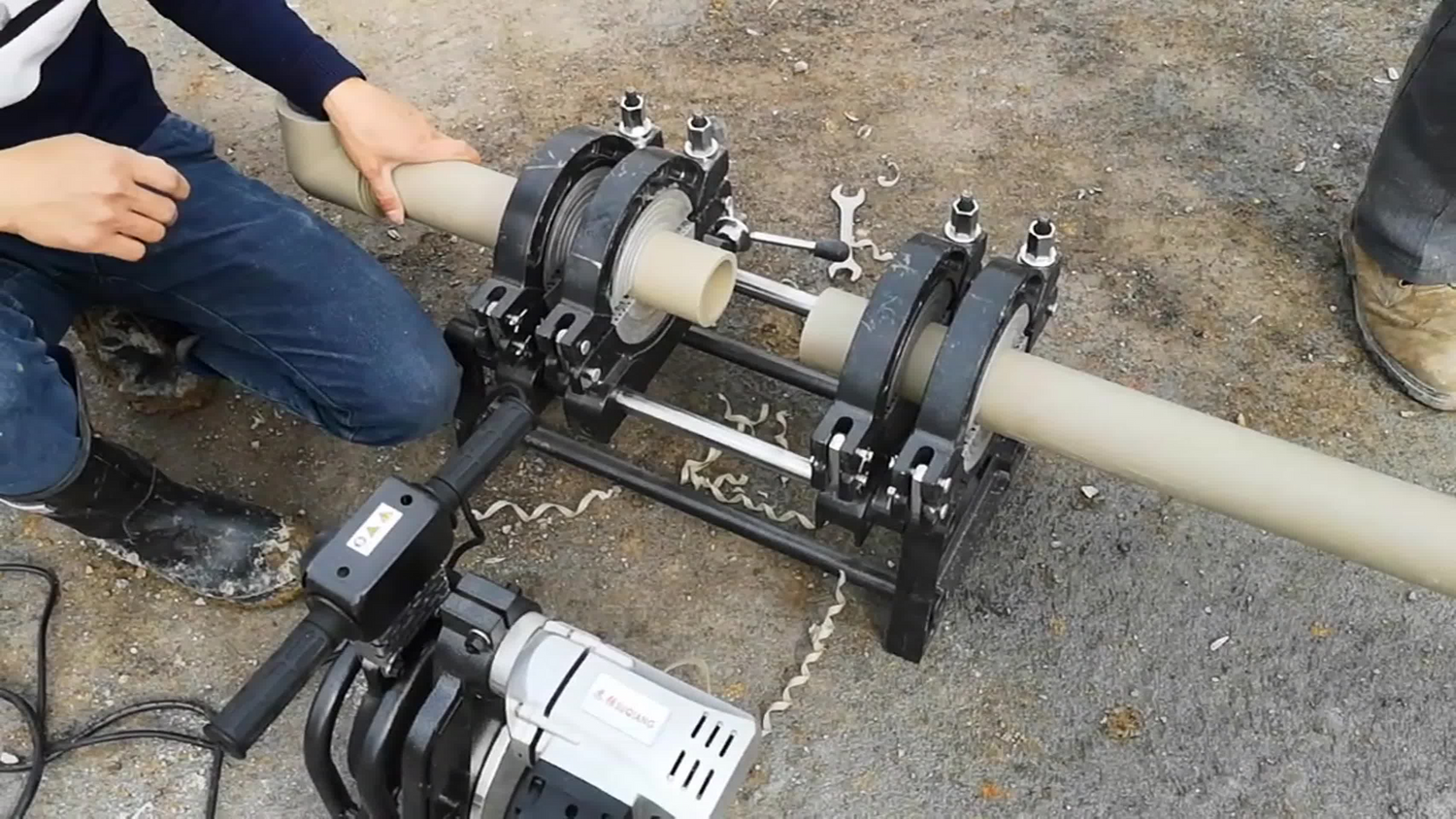


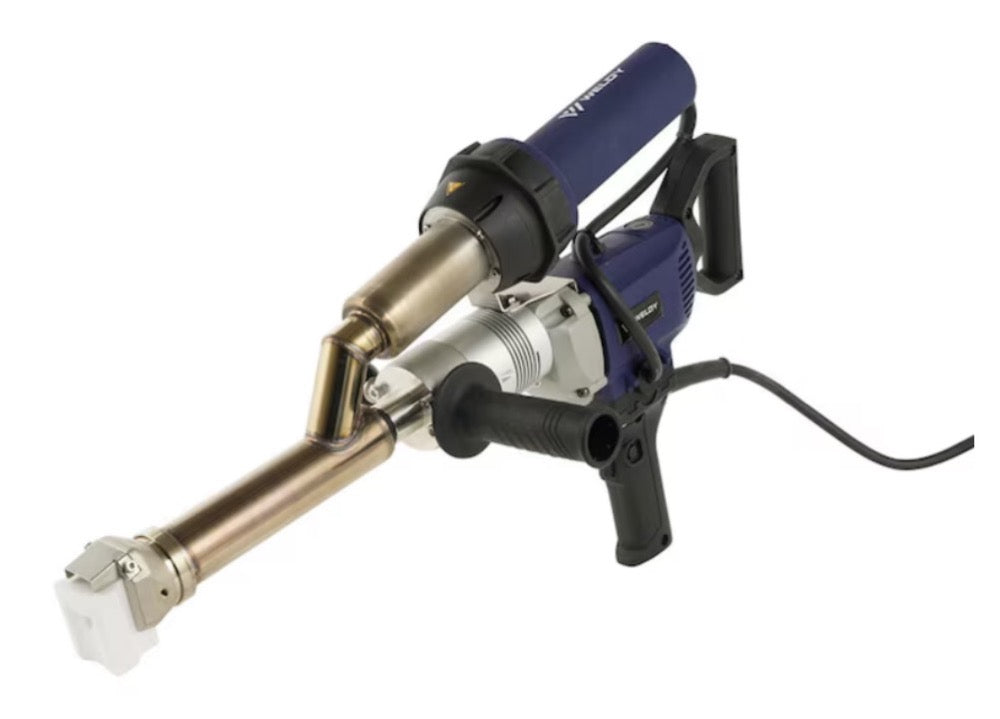

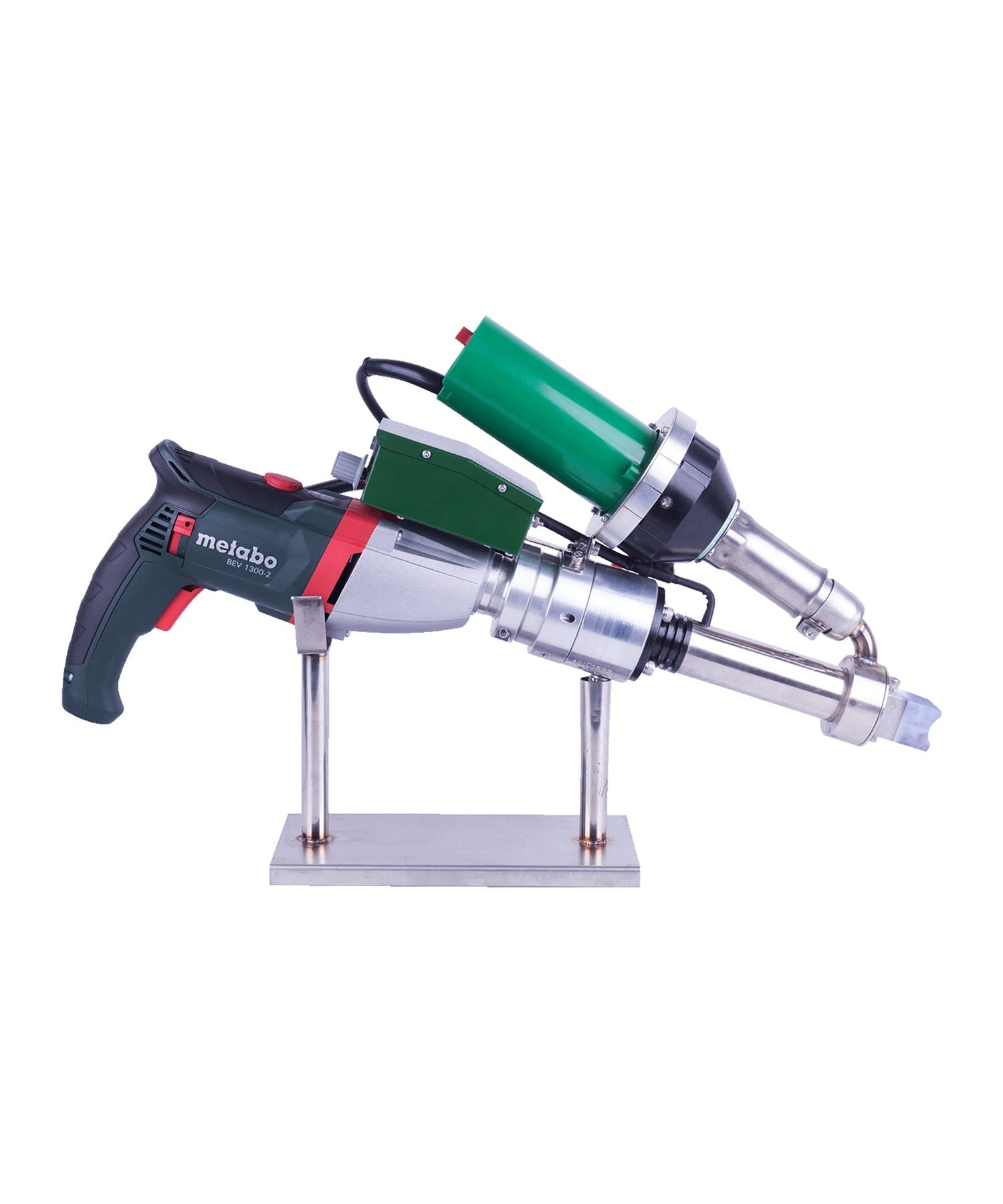
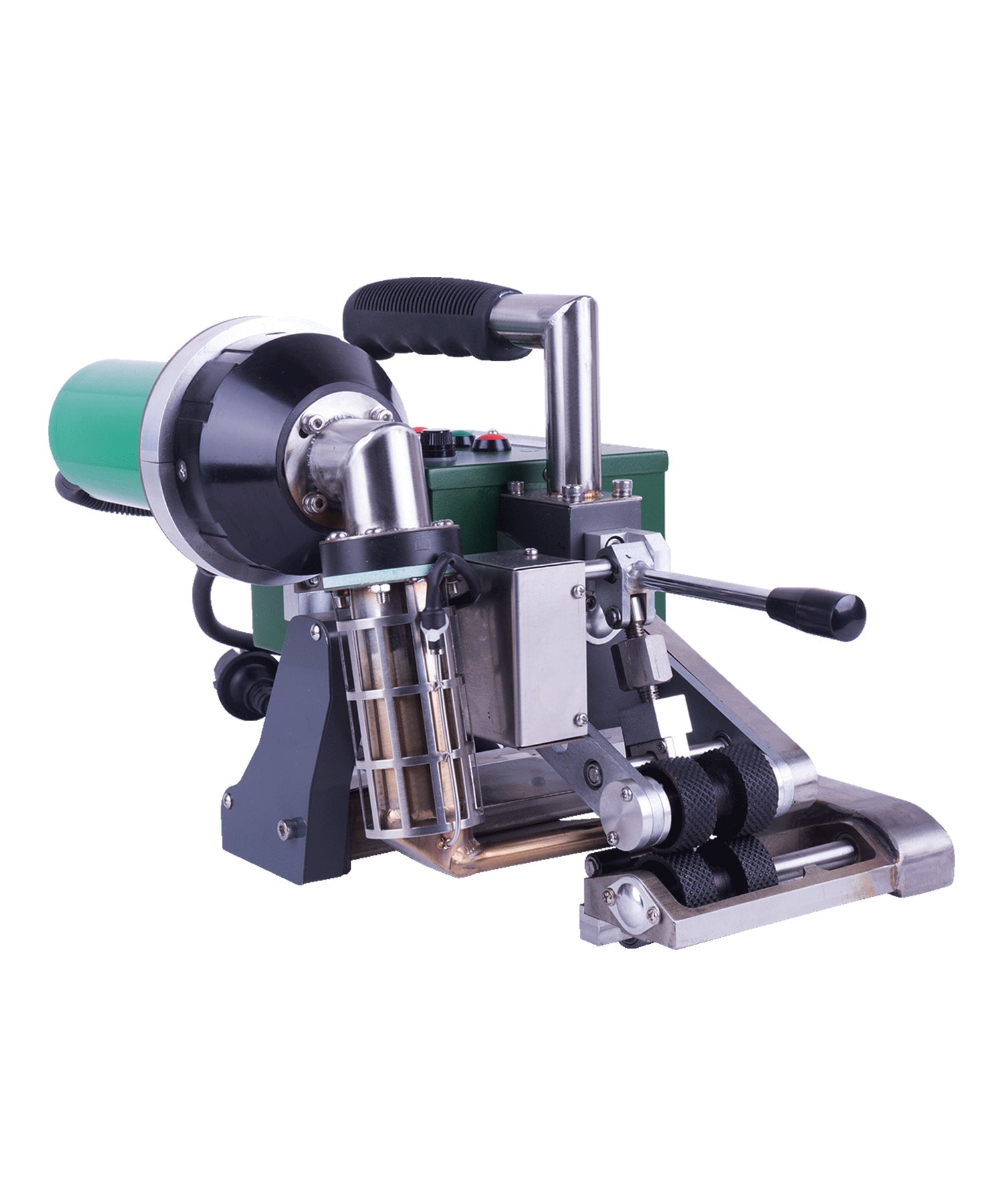
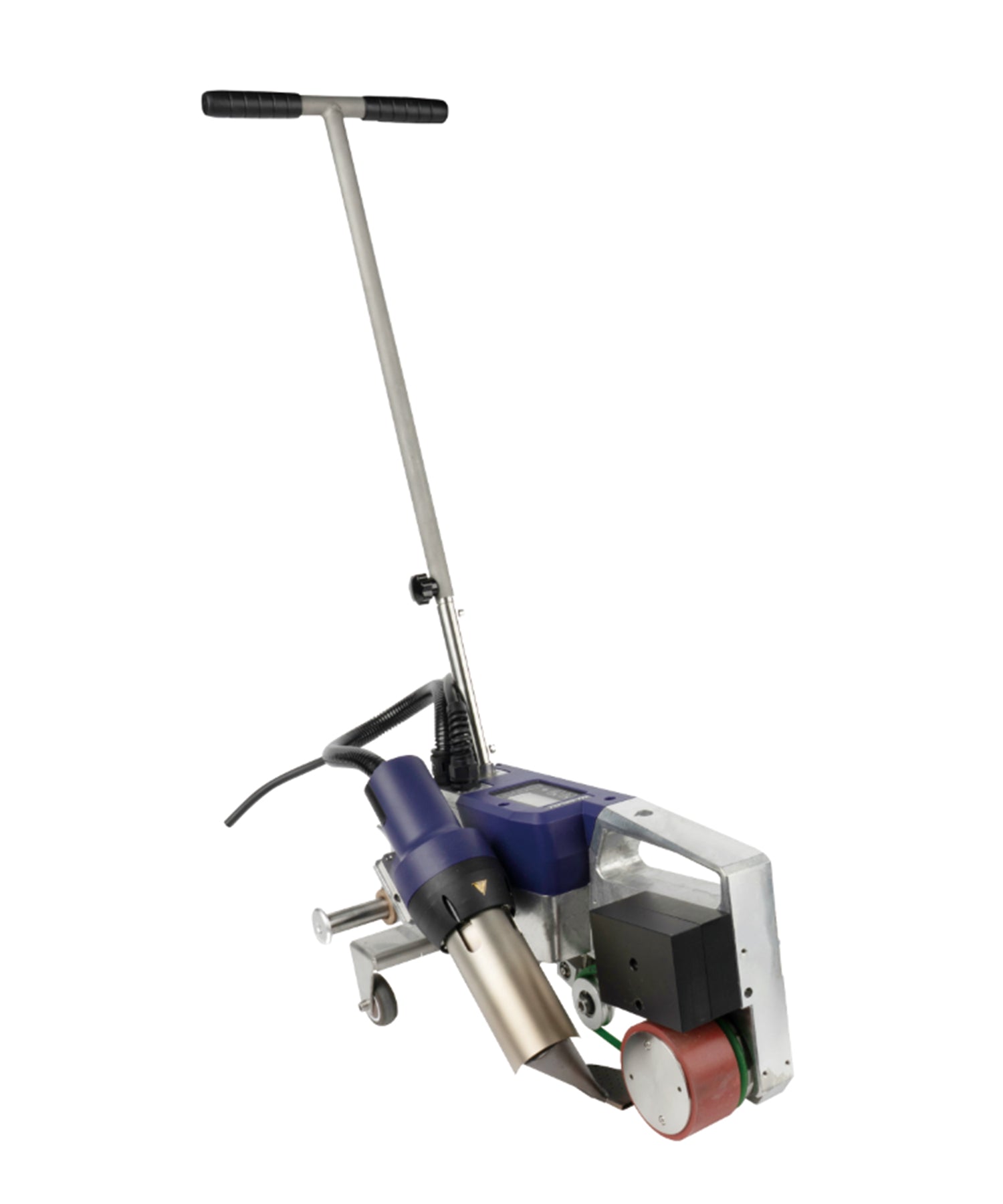
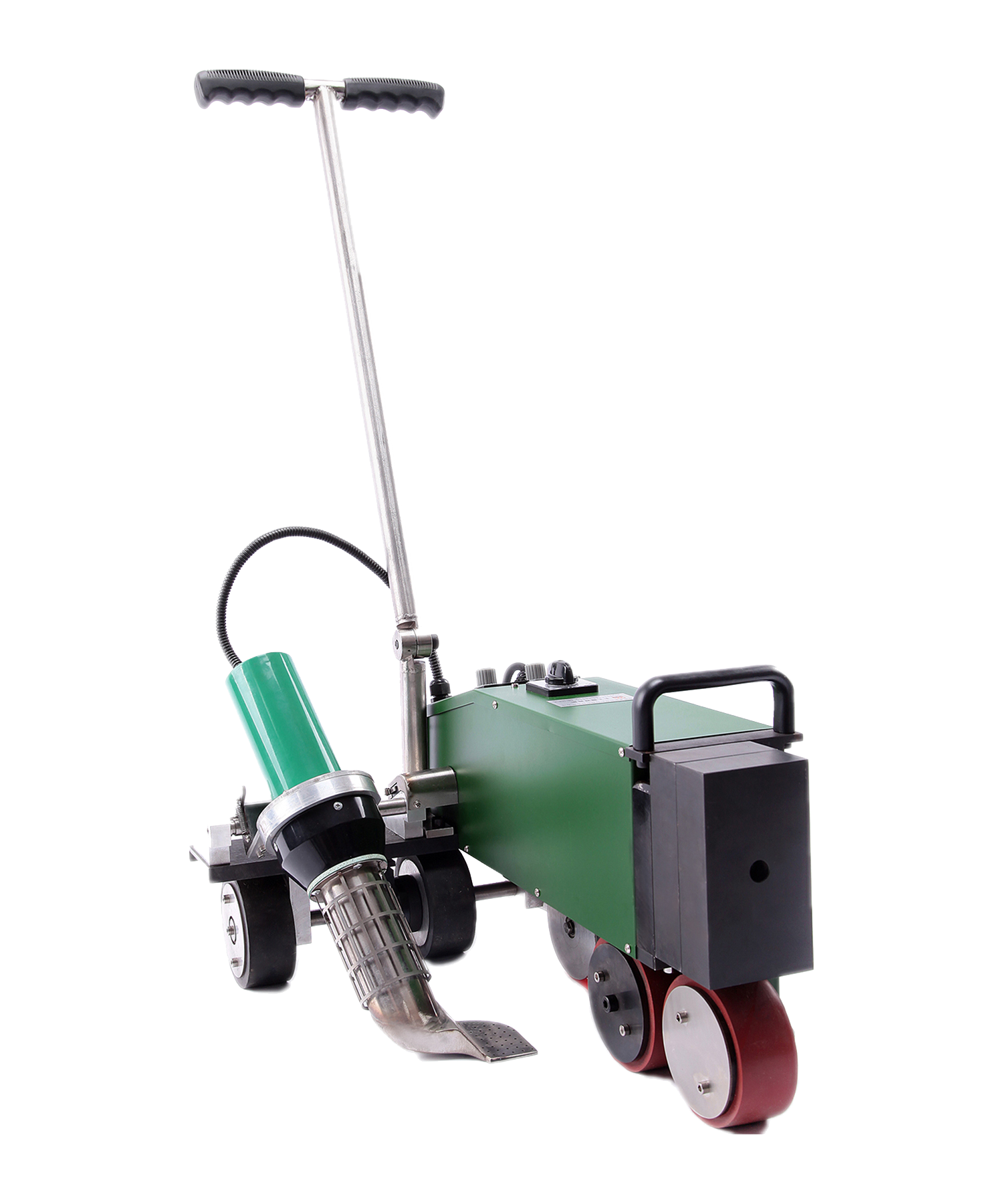
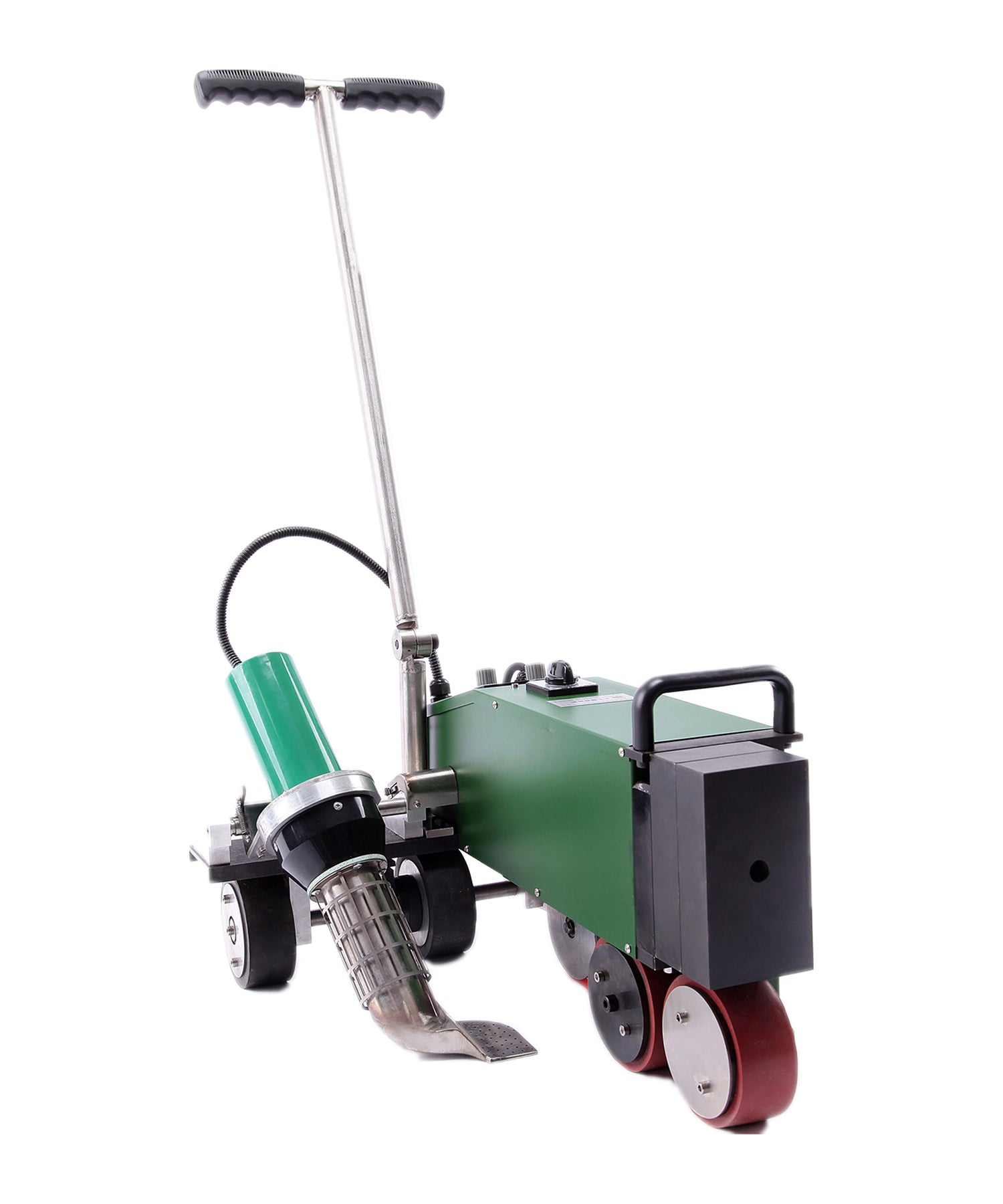
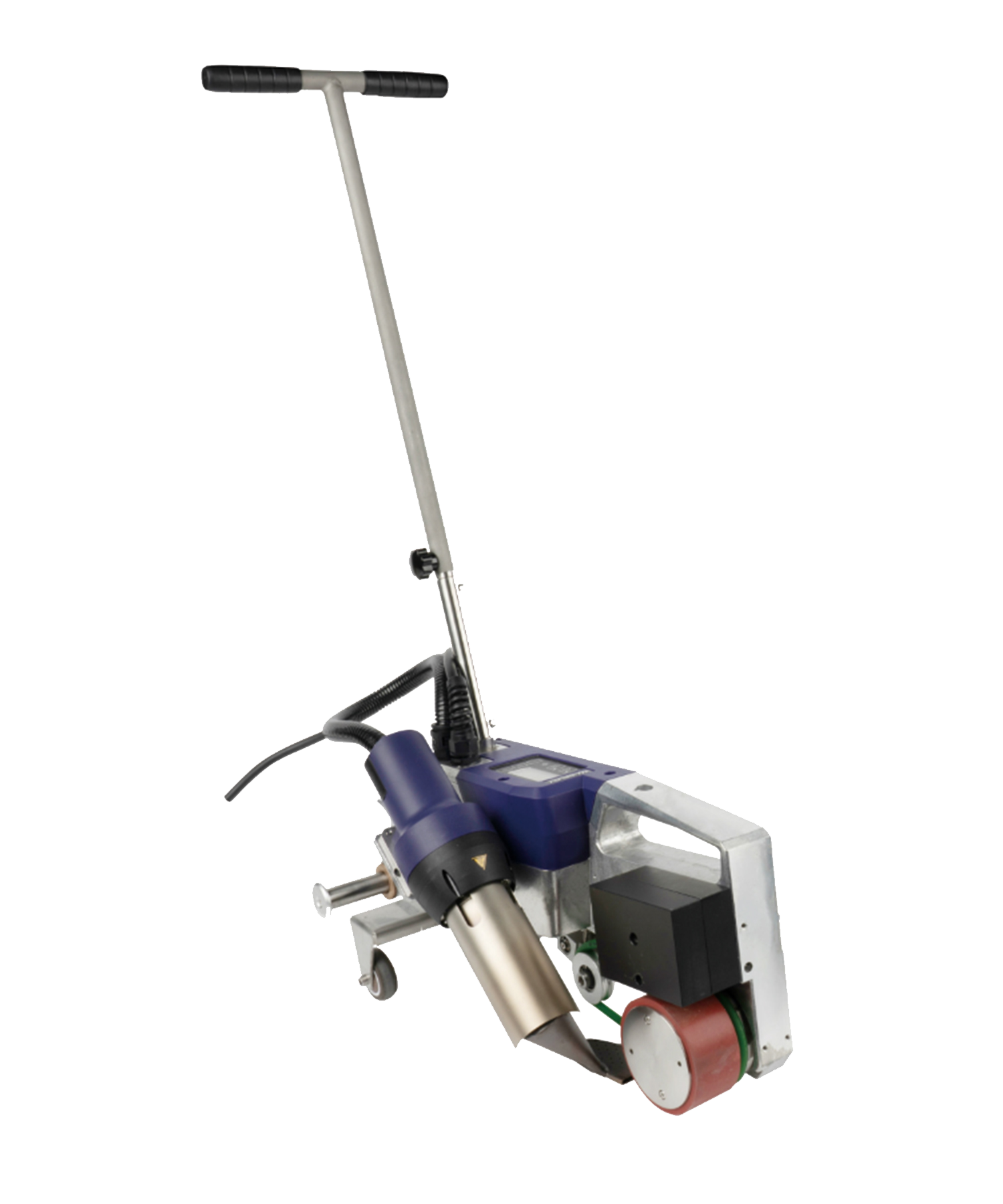

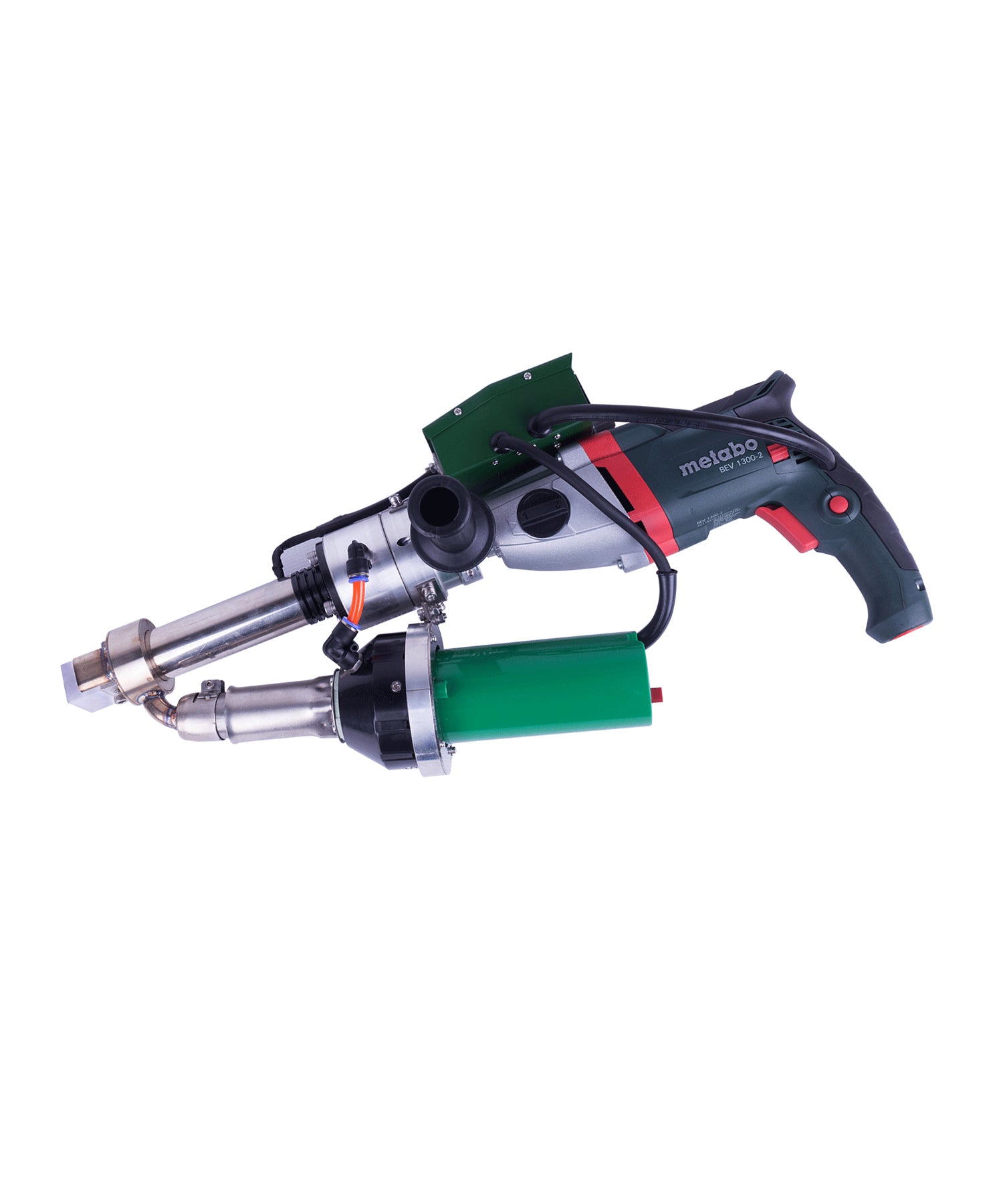
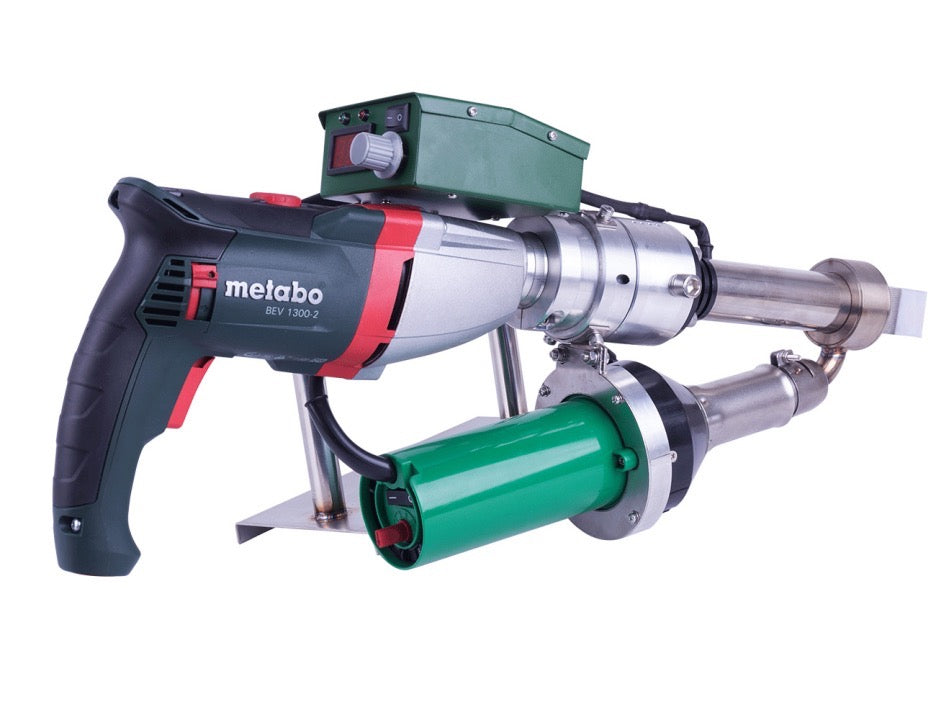
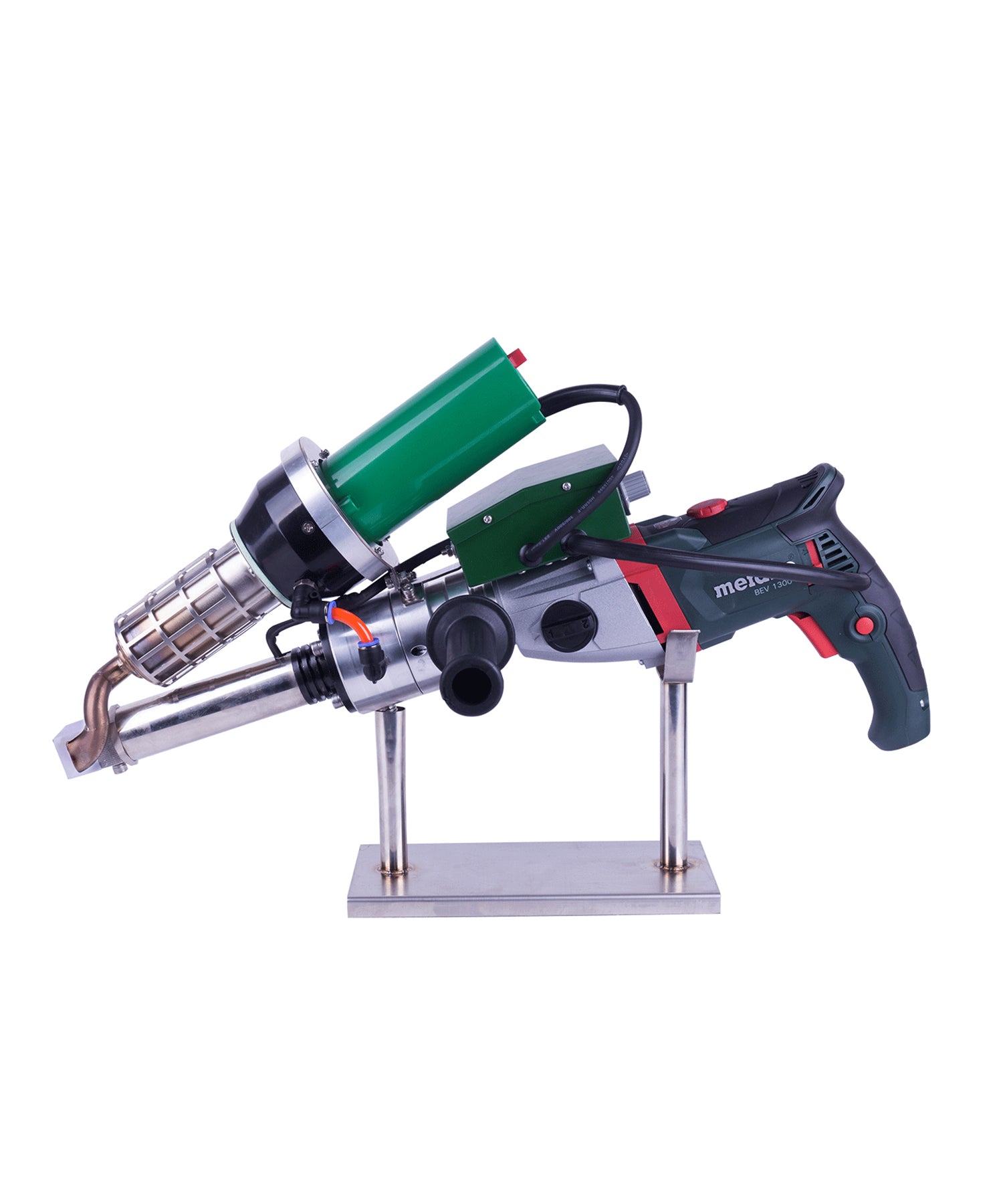

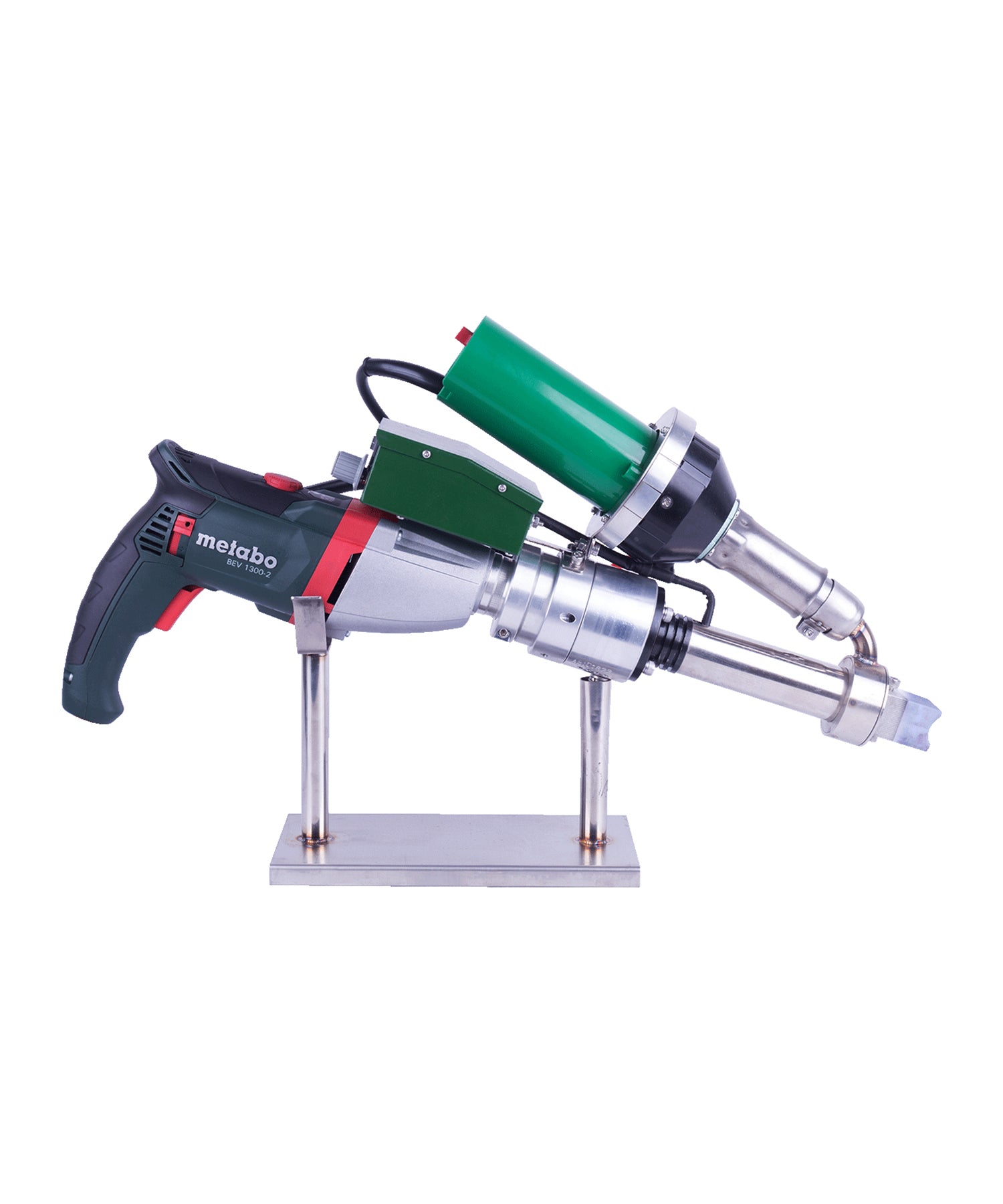
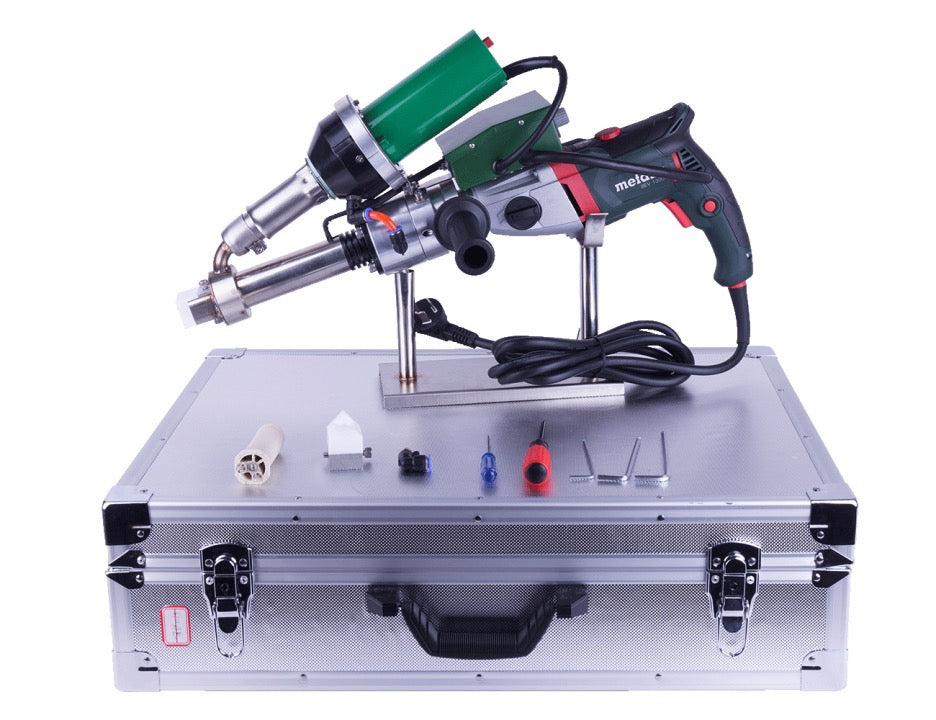
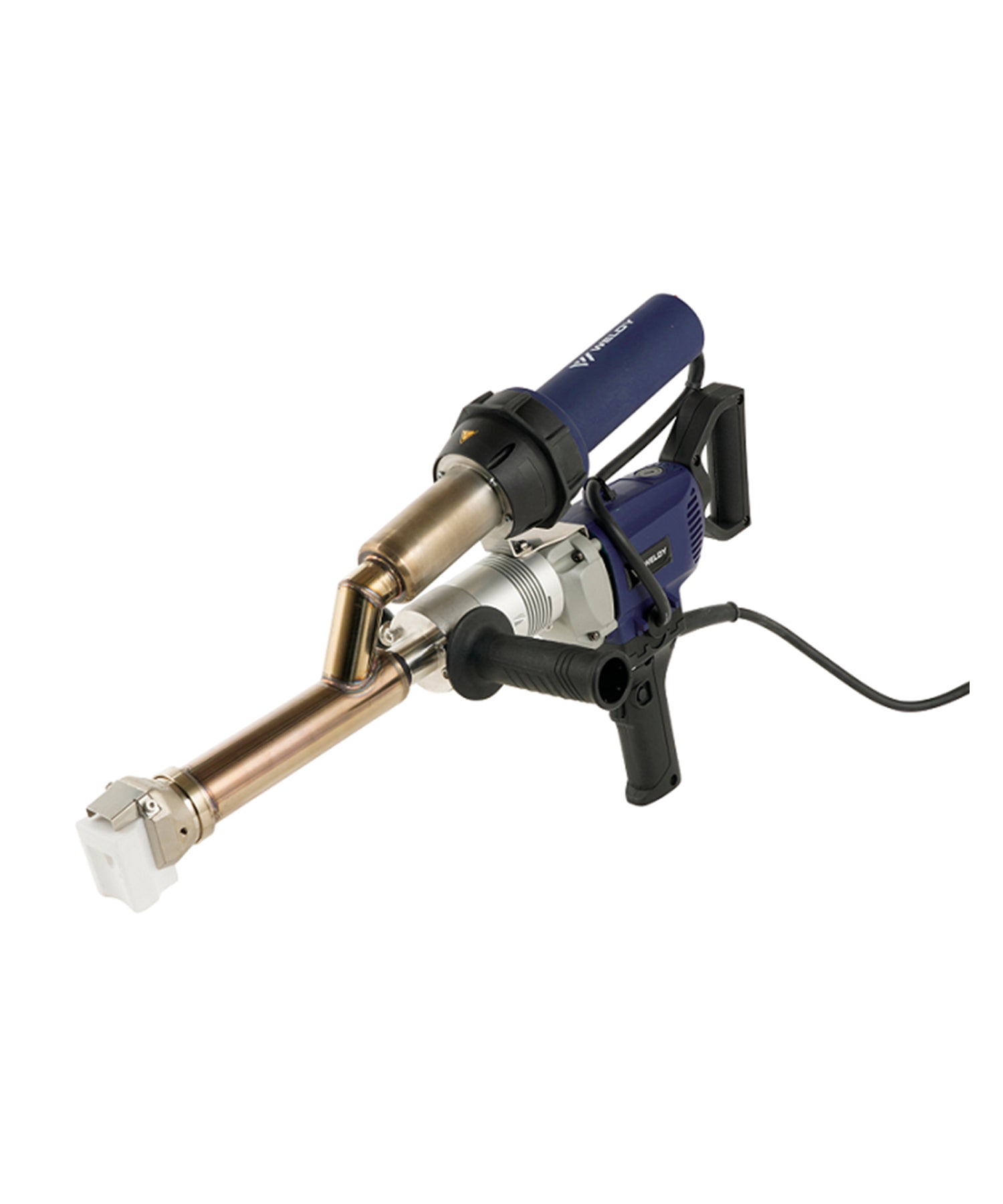
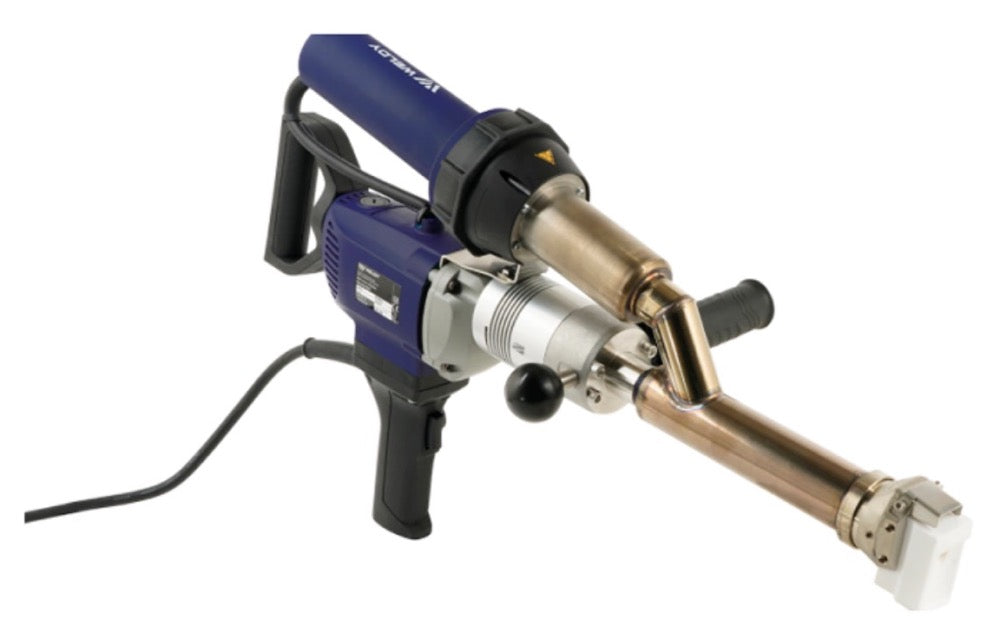



Leave a comment
This site is protected by hCaptcha and the hCaptcha Privacy Policy and Terms of Service apply.